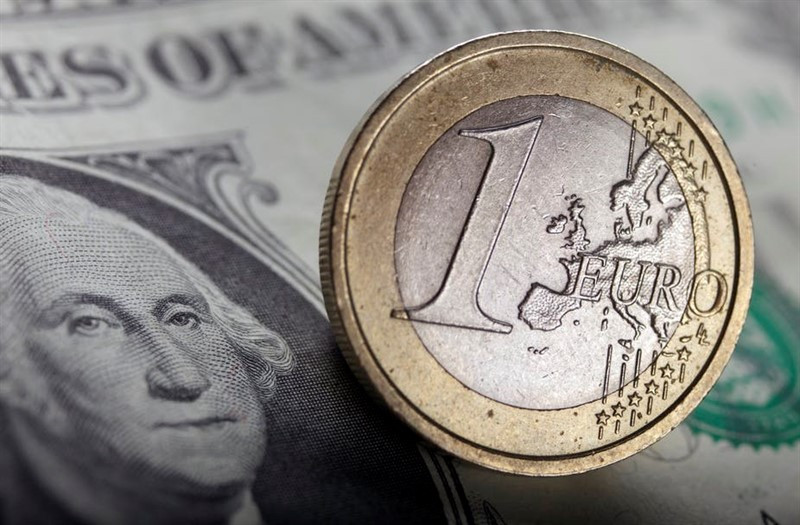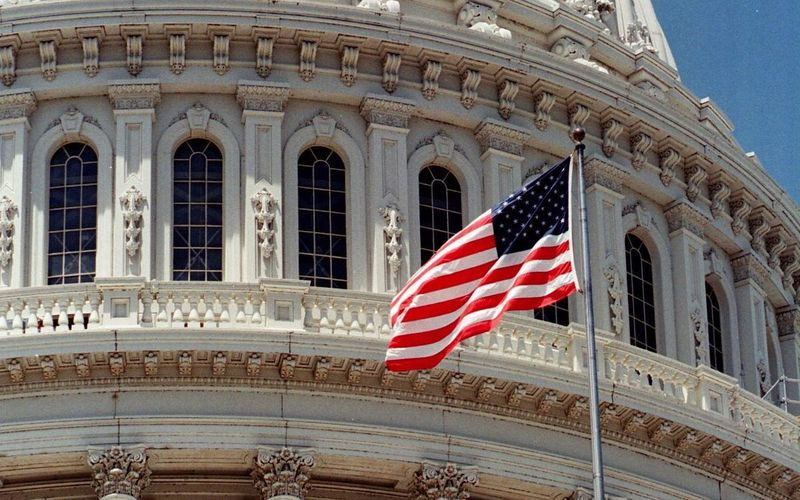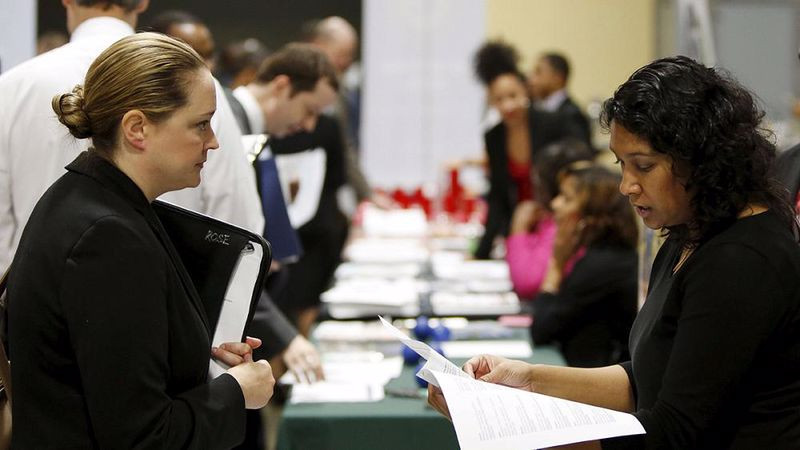
The greenback retreated on almost all fronts on Monday, but the correction in the US stock market brought relief.
The sell-off of shares of a number of the country's largest technology companies contributed to the flight from risks, which gave strength to a safe dollar.
It was able to recover on Tuesday, rising by almost 0.18% and ending the day near 94.00 points.
The US currency remains in an upward trend due to the very "heavy" EUR/USD pair, which is being pulled down by the weakest euro among the currencies of the G10 countries, Saxo Bank analysts say.
On Wednesday, the greenback continued to push its main competitors and rose above 94.40 points, pushing the EUR/USD pair to 15-month lows around 1.1530.
Behind the strengthening of the dollar is the indecision of US lawmakers about stimulating the national economy and extending the debt limit, as well as cautious sentiment before Friday's data on the number of people employed in the non-agricultural sector of the United States.
In addition, winter is approaching, and concerns that European households may find it difficult to pay heating bills are putting pressure on the single currency.
The price of gas futures in the eurozone broke another record on Wednesday, exceeding $1,900 per thousand cubic meters.
The recovery of the European economy may slow down if the problem of a sharp rise in energy prices in the EU is not solved, European Commissioner for Energy Kadri Simson believes.
"This price shock cannot be underestimated. It hits our residents, especially vulnerable families, weakens competition and adds inflationary pressure. If left unanswered, it risks jeopardizing the recovery of the European economy," she said.
Investors continue to follow the news coming from Washington, where a serious debate is raging regarding an increase in the government debt limit. US President Joe Biden proposed to abandon the filibuster in the Senate to resolve this issue.

Republicans are demanding that Democrats use the reconciliation process to raise the debt ceiling. The latter do not want to join the vote for the bill, which must pass the third reading and suspend the state debt limit until December 2022. Democrats argue that there is not enough time for a conciliatory approach.
Some companies, such as JPMorgan, have already begun preparing for a potential US default.
As for the additional social package worth $3.5 trillion promoted by Joe Biden and including assistance to the healthcare sector, the implementation of the affordable housing program, and so on, it seems that there has been some movement towards compromise in the Democratic Party. Centrists would like to reduce the amount of the package to $1.9-2.2 trillion. However, it is not yet known whether this will suit the left wing of the party.
All this makes market participants nervous and plays into the hands of the defensive dollar, which is strengthening to the detriment of risky assets.
The USD index is growing for the second day in a row and is already trading near the highs of 2021 at 94.50.
Overcoming this barrier will open the way for the index to the peaks of September 2020 at 94.75, and then to 95.00.
The greenback is supported by expectations that this year the US central bank will begin to reduce its asset purchases and lay the foundation for exiting the ultra-low interest rates regime of the pandemic era long before its European counterpart follows the same example.
This does not add to the optimism of the single currency, which continued to suffer losses against the US dollar on Wednesday, strengthening this movement after the release of statistical data on the eurozone.
According to Eurostat, retail sales in the currency bloc grew weaker than expected in August, increasing by 0.3% compared to July, while analysts predicted an increase of 0.8%. On an annualized basis, the volume of retail sales did not change at all, although an increase of 0.4% was previously expected.
At the same time, ADP reported that the number of jobs in the US private sector increased by 568,000 in September, which turned out to be better than the preliminary estimate of 428,000 and strengthened the dollar.
Although this report does not have a direct correlation with the official data of the US Department of Labor, which will be published on Friday, the release of ADP is often a harbinger of them, having a noticeable impact on the market.
A kind of "bullish cocktail" has formed for the dollar: The yield curve in the United States has become steep again, and at the September FOMC meeting, a hawkish set of a "dot chart" was presented, ING strategists note.
"Add to this any strong data on US employment, and market expectations may change towards the Fed's forecasts of a sharp three-year cycle of monetary policy tightening, which will begin next year," they said.

"The next step in relation to the US dollar, and perhaps even the perception of risk, may be Friday's report on US employment. Potentially good data on changes in the number of jobs, and especially on a large increase in average hourly wages, will push the US currency up again. In addition, it may even reduce risk appetite, as it will meet market expectations that interest rates in the United States will go up," analysts at Saxo Bank said.
A disappointing result, according to analysts, may weaken the hawkish attitude of the Federal Reserve and cool the ardor of dollar bulls.
Currently, the greenback benefits from the demand for safe-haven assets and benefits from expectations of the imminent start of monetary policy tightening by the Fed. The euro, in turn, suffers due to the fact that the European Central Bank is taking a wait-and-see attitude, and the eurozone is forced to struggle with energy problems.
If the tension in the markets goes down, and oil and gas prices suspend their growth, the trend for the weakening of the euro may reverse.
At the same time, a default on the US national debt remains an extremely unlikely event. Congressmen, most likely, having tickled investors' nerves, will come to a consensus at the last moment and vote for raising the public debt limit after reaching an agreement on a smaller social package.
In addition, the rise in energy prices is unlikely to be worse than a pandemic and lockdowns for the eurozone economy. This may lead to a steady increase in inflation in the region, and as a result to an earlier tightening of the ECB's monetary policy, which will be a positive moment for the euro.
So far, the euro continues to lose ground against the US dollar.
Commerzbank analysts note the potential of weakening of the EUR/USD pair to 1.1395.
"The intraday analysis of Elliott waves has already turned negative. This suggests that further decline can be expected in the near future. Growth attempts are likely to fade away on the approaches to the accelerating downtrend line at 1.1688. At the same time, the key resistance is at the level of the three-month bearish trend at 1.1792. The next important support is located at the level of the previous downtrend (from 2008) at 1.1395," they said.
The material has been provided by InstaForex Company - www.instaforex.comfrom RobotFX















 Download NOW!
Download NOW!
No comments:
Post a Comment